Everglades National Park in the state of Florida is located in the bayous to the southwest of the city of Miami and it’s known for being one of the most iconic wetlands in the United States.
What was once called the “River Of Grass” by the Seminole Indians who inhabited the area has now become a well-known animal conservatory and tourist spot. With well over a million visitors descending on this protected marshland, the Everglades National Park should be high on your list of vacation retreats that will refresh you from the wear and tear of urban life.
If you are native to Florida, consider this article as a refresher. At the same time, those who have never been to this region of the world can find solace in our detailed guide of America’s largest tropical wilderness.
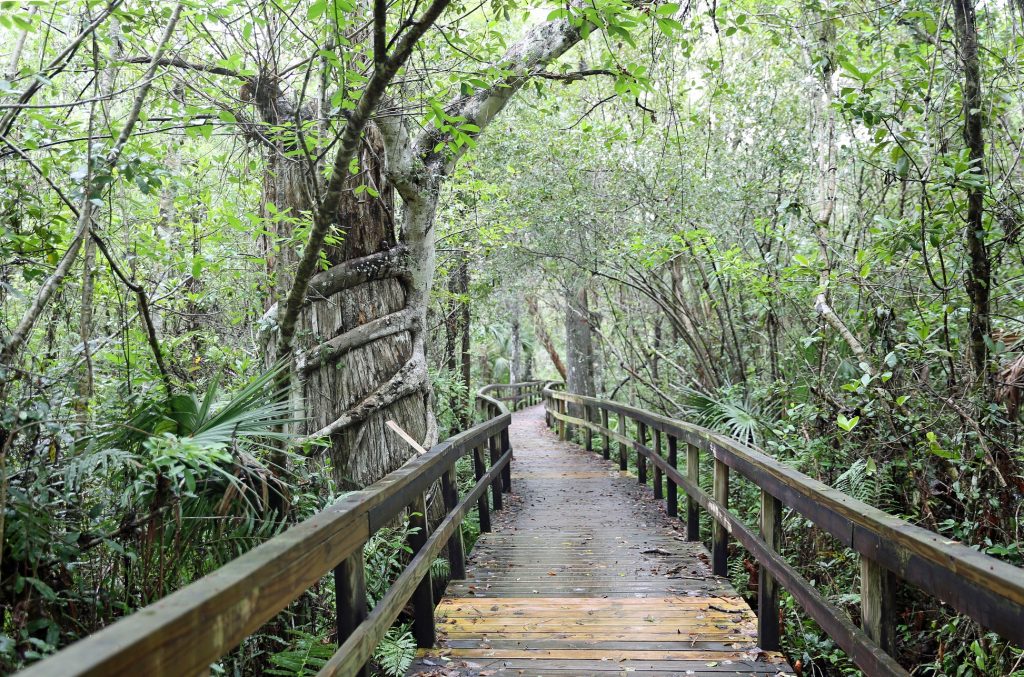
Everglades National Park History
If you want to know more about Everglades National Park history, you should first know that humans have been inhabiting the Everglades region from arguably the beginning of time. 15,000 years ago, before the changing climates made the Everglades and Florida for that matter wet and tropical, the area was arid and dry with now-extinct wildlife such as the saber-tooth tiger.
When the transition to damp and tropical took place, much of the humans who lived in the area had to adapt to the new situation. Paleolithic Indians such as the Okeechobee, Caloosahatchee, and Glades dominated the region. However, it was from the Glades culture that the contemporary Indian tribes branched from.
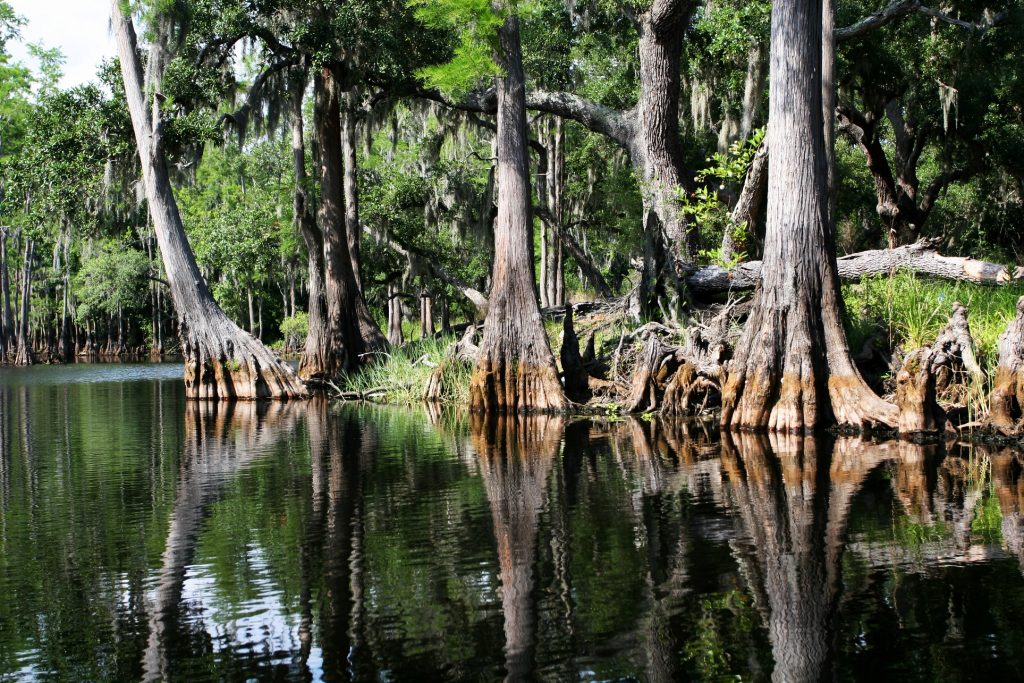
Life changed significantly with the onset of European Colonization. Tribes that have lived in the region like the Tequesta and Calusa were now fighting for survival. However, due to disease, warfare and slavery, both group’s numbers dwindled substantially, prompting them to form the Seminole Nation.
It was not until the end of the Seminole Wars and their subsequent expulsion that the new region we call southern Florida was born. What was once a place of ancient animal species, prehistoric civilizations and people, was now open to further development.
Everglades National Park Scenery
With the help of early conservationists, scientists and other advocates, the development of the Everglades National Park has made it one of the top destinations in all of Florida and for a good reason.
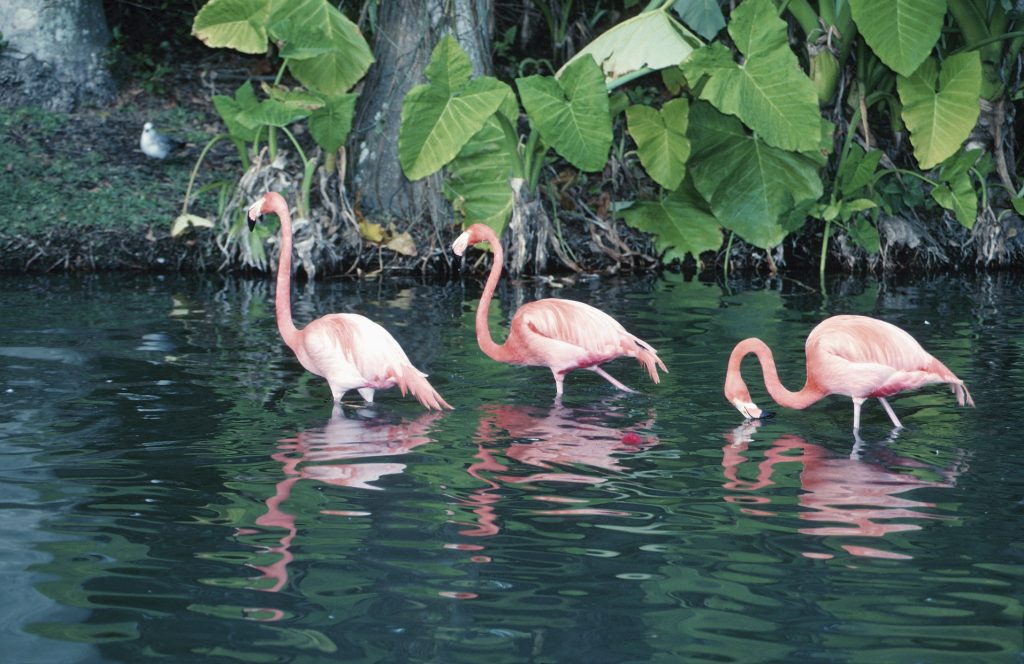
Besides taking in the natural scenery, those who choose to journey here will be able to partake in numerous activities that will excite as well as educate. Before we dive into the matter of events, it is wise to know how to get in and out of the national park.
Everglades National Park Location
Located on the southwest side of the southern tip of Florida, the Everglades National Park is actually more accessible than it appears.
If you are an out of state or an international visitor, the Miami International Airport will be your best bet as it is the closest. Once on the ground, the highways that are of particular interest to you should be Highway 41 and 9336 heading west and the one heading south. Once you reach the park, there are several visitor centers that you may go to for accessing more information.
If you are coming from Miami, which the vast majority of people do come from, both the Ernest Coe and Shark Visitor Center’s will be best.
If coming from cities such as Tampa Bay, Tallahassee, or any other Gulf city, then the Gulf Coast Visitor Center will suit you better. Visitor Centers are pertinent as they will give important information such as guides, safety precautions, animals as well as fees.
Everglades National Park Entrance and Camping
Speaking of fees, visitors to this park should be prepared to pay entrance fees of $10 for seven days for vehicles, as well as $5 for pedestrians and bicyclists.
What is right about this is that prices are not suitable for just one day, but you can access the park for a whole week! If you’re someone who is a repeated visitor, then the fee of $80 will be right for you. Although it is significantly more expensive, you will have access to the park for an entire year!
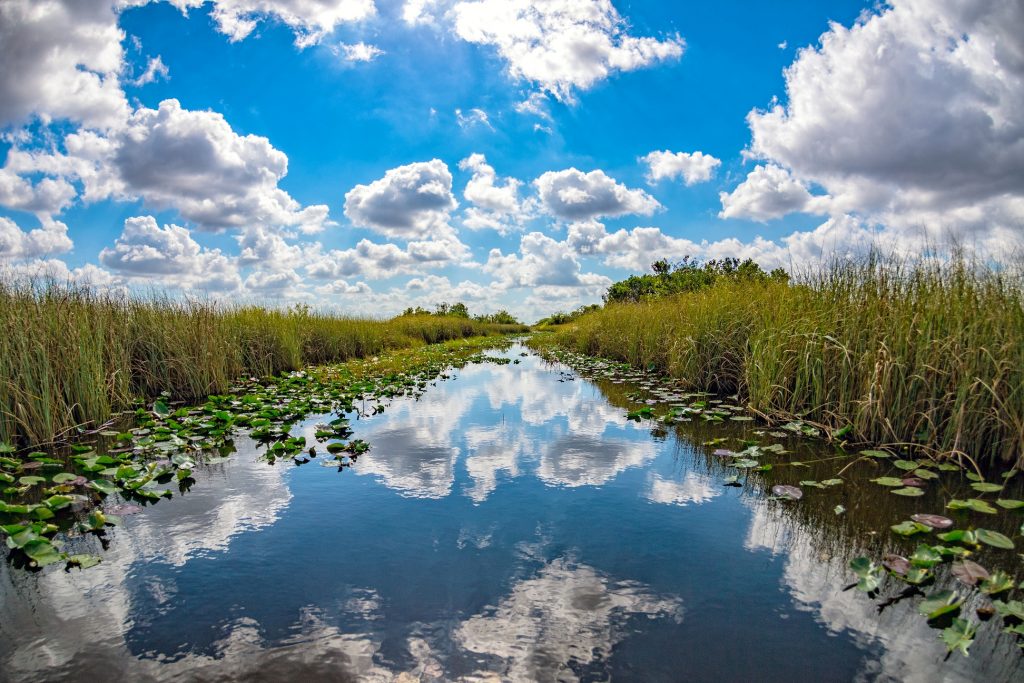
Besides entrance fees, there are more fees associated with the park, and that would be lodging.
The park currently has three camping locations that are available on a first-come, first-served basis. To access the Frontcountry camping, which includes the Lone Pine Key and Flamingo Campgrounds, you will have to enter the park through the Homestead entrance.
Although you can bring your own tent, these two campgrounds offer much more. If you are interested in really upgrading your overall experience, you can choose one of their rentals, which is called an Eco-Tent.
Much the same, the Backcountry camping-ground is a great place to get situated. However, due to it being more inland, several precautions should be adhered to.
Planning ahead is very important if you plan on visiting this part of the park as it is very remote and lacks infrastructure. Visitors should bring their own freshwater, avoid feeding animals and leave pets at home. This is critical as any disturbance made by humans can have adverse consequences for the local wildlife. Not only will you probably be told to leave, but you will be unable to take part in the beautiful events this area has to offer.
Everglades National Park Tour
Now that you have lodging taken care of, it is time actually to enjoy your stay at the Everglades National Park. Luckily for you, there is much to do that is both fun and educational.
Many of the events that are available at this park can be separated into two main sections. That would be land-based activities and water-based activities.
We have already discussed camping, but it is worth to note that there is much more one can do besides this. On such example is the numerous trails that the park offers, which will allow you to discover the abundant wildlife more easily. With clearly accessible trails, you can also take advantage of biking and hiking.
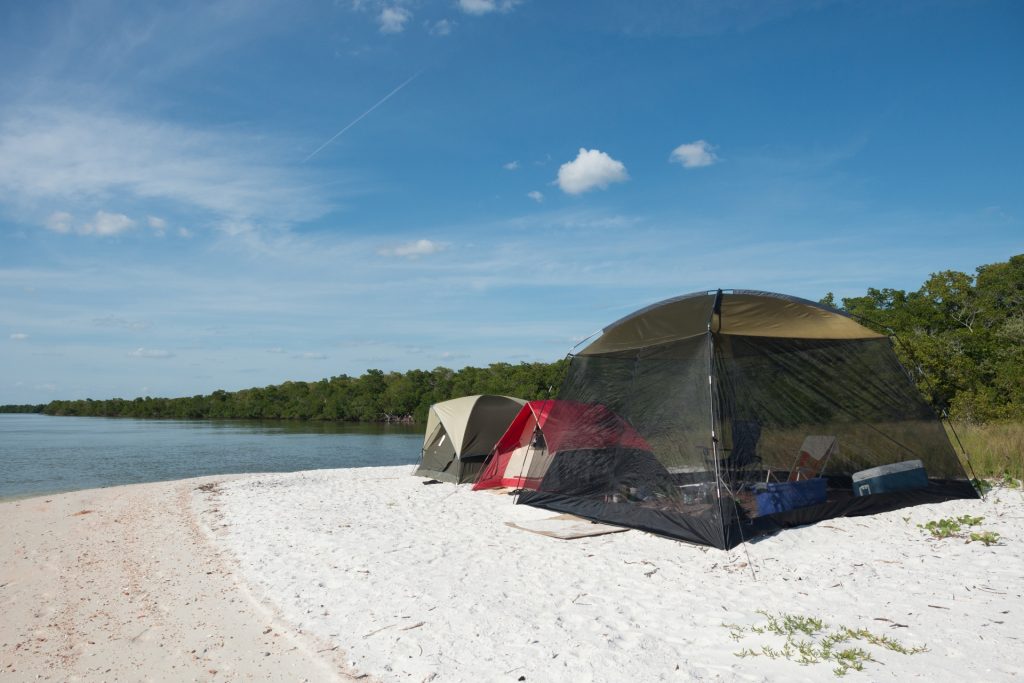
If land-based activities are something that do not interest you and you want to head straight for the bayous, then this park has you covered.
By far, the most popular and your best bet if you’re going to truly see everything is either bring your own boat or rent one. By doing so, you can see much of the coastal regions of the park as well as native species.
If you prefer to be guided or did not bring your own boat, the Parks rangers can assist you with that. At only $40 USD for adults and $20 for children, guests can tour the shallow water with Flamingo Adventures. This company offers both the Backcountry tours as well as the Florida Bay Boat Tour, which equally suffice.
Top things to do in Everglades National Park
Experience the Theater of the Sea – make friends with dolphins, take a private adventure and snorkel cruise or take a sunset cruise in the Everglades National Park.
For most people that visit Everglades National Park, Anhinga Trail represents their first glimpse into the land that leaves a stunning impression!
It’s wheelchair accessible, but no bikes are allowed.
John Pennekamp Coral Reef State Park is the place to be if you want to go snorkeling, scuba diving, chill at the beach, explore a WWII Era Shipwreck or see the Christ of the Abyss statue.
Long Key State Park is another spot that you don’t want to miss if you want to go paddling, fishing, geo-seeking or star gazing. It’s a wonderful scenery that provides an exceptional opportunity to view wildlife – especially bird watching.
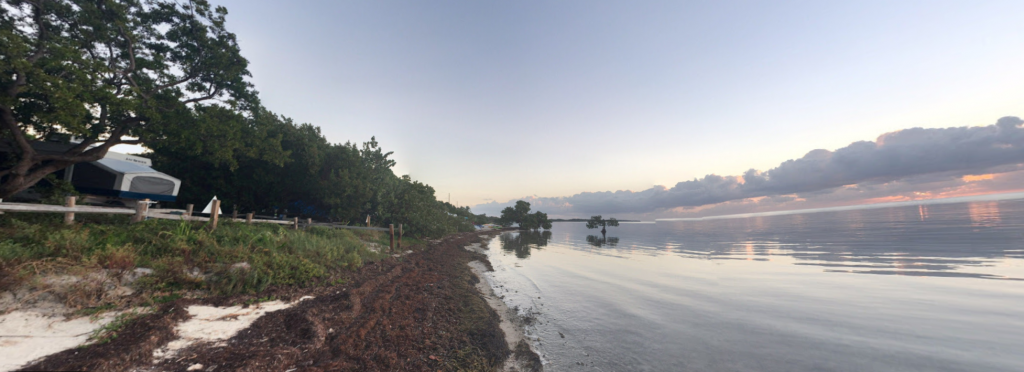
Ten Thousand Islands – almost all this land is currently uninhabited and it has remained a pristine place to enjoy nature in all its beauty. Some islands are designated camping sites, but since it is a wild area you should be weary of the winds, weather and also of the lack of fresh water.
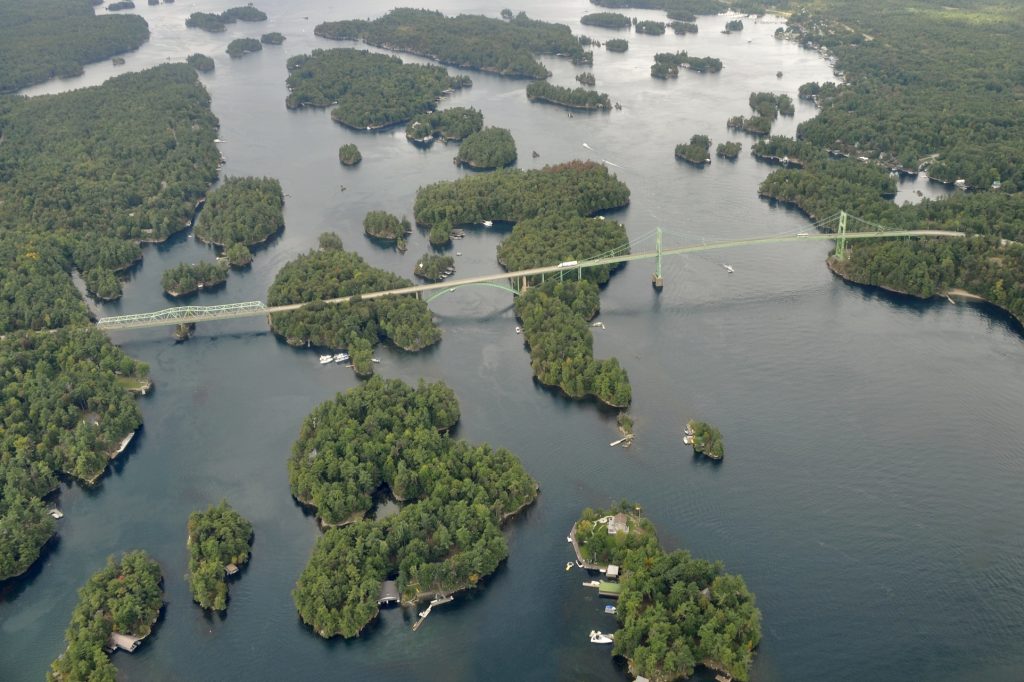
Everglades Alligator Farm is one of the oldest alligator farm in South Florida. If you don’t lack a bit of courage, it can be a thrilling experience to venture seeing it.
Indian Key Historic State Park is actually an island, inhabited until the middle 19th century. At the moment, the location is actually a ghost town, but it doesn’t lack tourist from all over the world.
You can only reach it via boat. Tourists come to swim, hike and sunbathe. Kayak rentals are also available.
Another both fun and scary activity is to go visit Gator Park. You will go from screaming while zip-lining to meeting a gator first hand or adventuring one hour into the swamp! Would you dare?
Looking for a quiet place to reflect on all this beauty? Anne’s Beach was reopened in 2019 after it was devastated by hurricane Irma and is worth the stop!
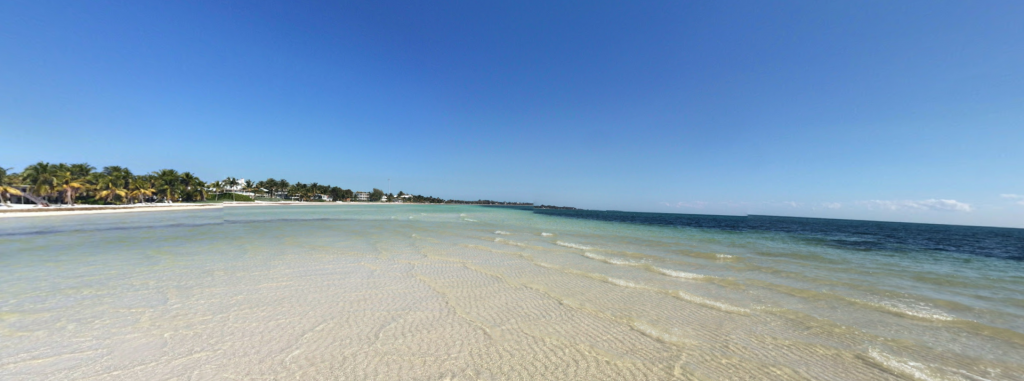
Everglades National Park food and drinks
Although you should bring your own food, there is one restaurant that is available if you did not correctly pack yourself lunch.
What was once a train depot has been converted into the Everglades Adventure Center, which offers affordable southern and seafood cuisines for affordable prices. What is good about this location is that it is very close to the Gulf Visitor Center, which is an excellent spot to learn more about the area. If you are not hungry but want to grab something to drink, the Everglades region offers the Key West Sunset Ale and the Landshark Lager.

Everglades National Park when to visit
Like our previous precautions, the time of year you visit the national park is critical.
You may want to make sure you book tickets in the winter months as not only will you avoid the hurricane season, which brings heavy thunderstorms, but also the unrelenting mosquitoes and insects that are very prevalent in the summertime.
Visitors must also consider the other nuances that come with the park, such as wildlife. The state of Florida alone houses roughly one million crocodile species and Everglades is no exception. Tourists should follow all safety precautions while also using common sense.
Booking.com
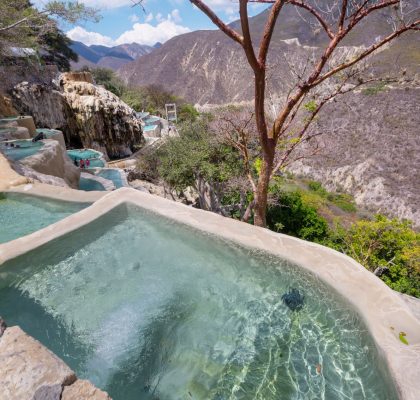
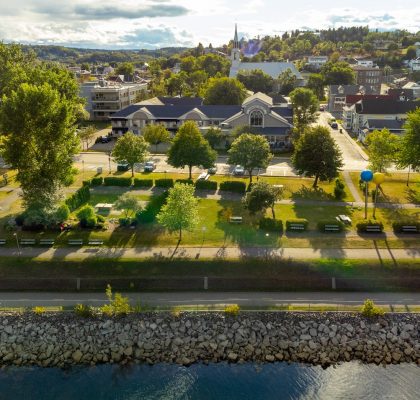

Pingback: Nor Yauyos Cochas Landscape Reserve - 7 Days Abroad
Pingback: Philippines Bucket List | Top Things You Must See - 7 Days Abroad
Pingback: Top Things to do in Aruba | Riuns | Caves | Pools - 7 Days Abroad